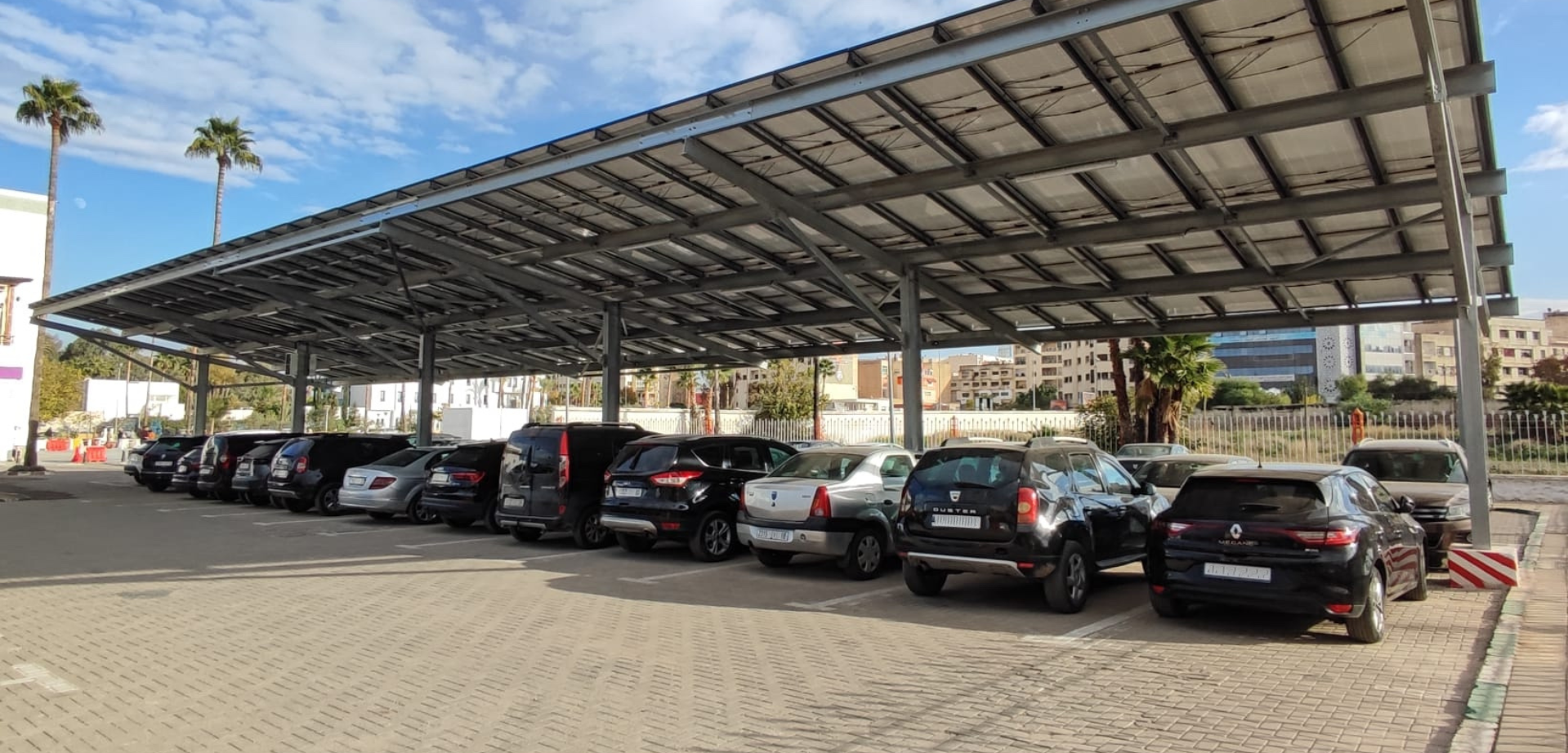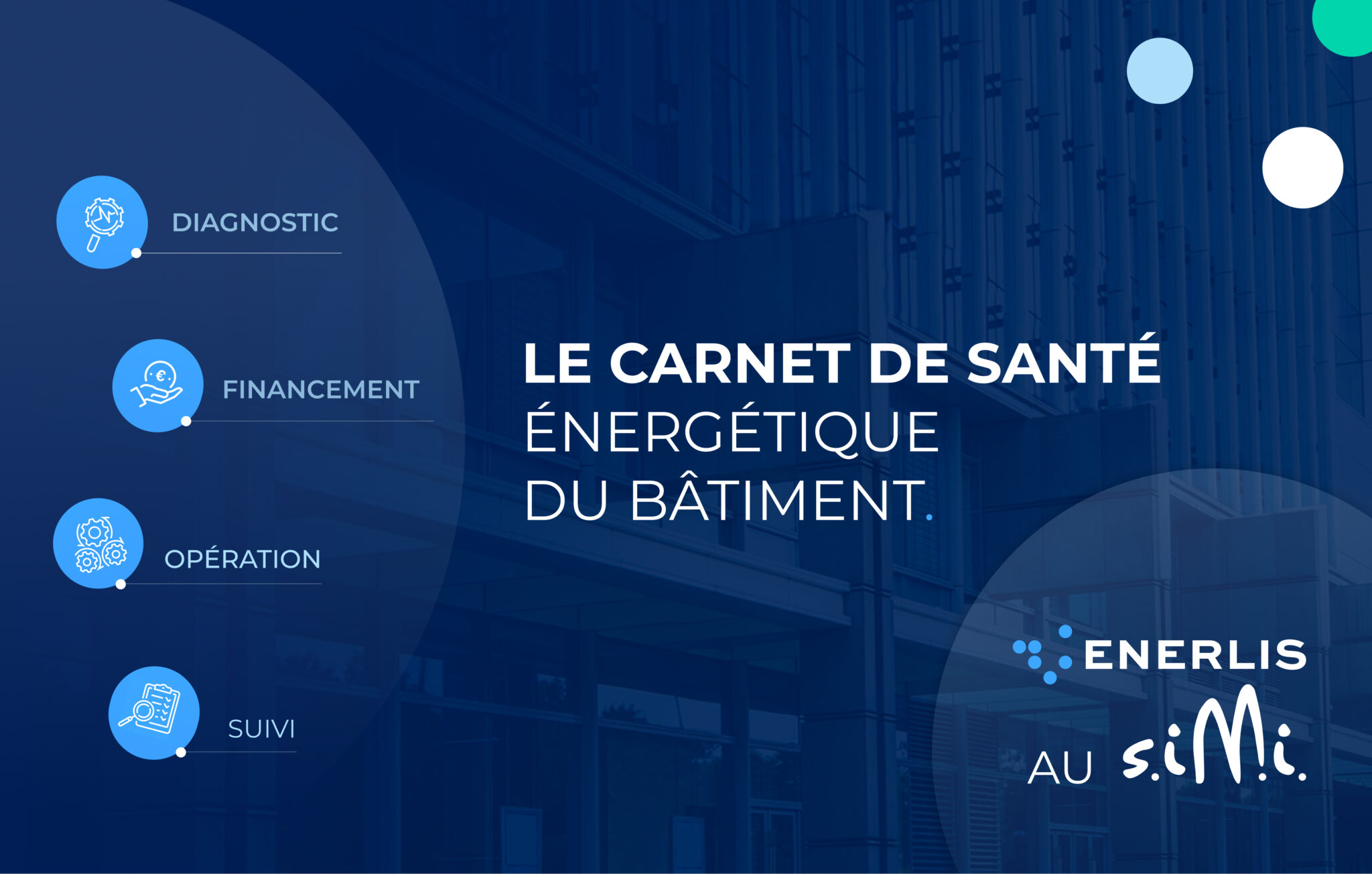Challenges and solutions for industrial decarbonization
October 8, 2024
France is committed to achieving carbon neutrality by 2050. To do this, it must significantly reduce greenhouse gas emissions from its key sectors of activity. However, industry is one of the most emitting positions. How does the State encourage manufacturers to reduce their carbon footprint? How to achieve industrial decarbonization? This is what we will see in this article by Enerlis.
What is industrial decarbonization?
Industrial decarbonization is a set of measures and actions that reduce or eliminate greenhouse gas emissions linked to the activities of the company and its sites. The solutions to achieve this are multiple and must adapt to the problems of each industrialist. Here is an example: replacement of equipment running on fossil fuels (natural gas, oil, coal) with machines using renewable energy (solar, biomass, wind).
What are the greenhouse gas emissions linked to industry?
Industry is one of the sectors emitting the most greenhouse gases in France in 2022, after agriculture and forestry (19%) and transport (32%).
Indeed, according to the Key Climate Figures France, Europe and World 2023 published by the Ministry of Ecological Transition:
- 18 % GHGs in France are produced by the manufacturing industry and construction;
- 11 % come from the energy industry.
Furthermore, 81.6% of emissions from the industrial sector in 2022 come from chemicals, non-metallic minerals and construction materials, ferrous metallurgy and the agri-food industry.
However, thanks to industrial decarbonization on a national scale, GHG emissions from the industrial sector are decreasing : in 2022, the manufacturing and construction industry recorded a 6.4% in its CO2 emissions.
What are the challenges of industrial decarbonization?
France has committed to achieving carbon neutrality by 2050 . To achieve this, it has put in place a real roadmap: the national low-carbon strategy (SNBC) . The latter sets greenhouse gas emissions ceilings that must not be exceeded: carbon budgets , which are valid for a period of five years. Concerning the industrial sector, the objective is to reduce market emissions by 81% by 2050 compared to 2015. Industrial decarbonization therefore responds to climate challenges .
That's not all! Industrial decarbonization also makes it possible to respond to challenges:
- regulatory;
- financial;
- of communication.
Why decarbonize your industry?
Reducing the carbon footprint of your industrial activities is a legal obligation, but it is also an opportunity for your business.
Comply with current regulations
Companies and public actors are subject to numerous constraints in terms of reducing their carbon emissions. For example, companies with more than 500 employees, communities with more than 50,000 inhabitants as well as public establishments with more than 250 employees are required to have a carbon assessment . Industrial decarbonization therefore makes it possible to cope with the tightening of regulations, or even to anticipate possible future measures.
Ensuring your energy sovereignty
Industries are subject to energy consumption , necessary for the proper functioning of machines and infrastructure. However, this energy supply has a cost , and this has been constantly increasing since the rise in energy prices in Europe. In order to reduce the share of this key expenditure item, decarbonization comes into play. It makes it possible to reduce energy bills
Have a major competitive advantage
Industrial decarbonization involves the implementation of innovative solutions and disruptive technologies , capable of operating while emitting less carbon dioxide. hydrogen generators or installing a biomass boiler room . This equipment using green energy helps accelerate the energy transition and improve the employer brand of companies. A real asset for attractiveness and competitiveness!
What technologies make it possible to decarbonize your industry?
There are many solutions to reduce the carbon footprint of industrial sites:
- reduce energy consumption through energy efficiency ;
- use a carbon-free energy source such as green hydrogen for chemical or steelmaking processes or biomass to produce high-temperature heat in the food industry or construction;
- electrify its processes by replacing equipment running on fossil fuels with electric ovens , for example;
- set up carbon sinks reforestation operations .
How to get started on an industrial decarbonization project?
Industrial decarbonization is a complex process that must be carried out by experts . As a global operator of the energy transition, Enerlis is the trusted partner to decarbonize your activities.
Status report on greenhouse gas emissions
As we said earlier, the carbon footprint is an obligation for certain structures. However, it is also possible to do one on a voluntary . Industrial decarbonization always begins with an inventory of the existing situation: what quantities of GHGs are emitted by the company? What equipment responsible for these emissions, and what energy sources do they use?
Act4transition, the subsidiary specializing in carbon footprints from Enerlis, is responsible for identifying the main emission sources, supporting your employees in data collection and calculating the GHG emissions generated by your industrial sites.
Industrial decarbonization strategy
Secondly, the operator proposes a action plan to reduce greenhouse gas emissions, which translates into solutions adapted to the company's problems. For example, this may involve focusing on technical building management (BMS) in order to access data from technical building equipment and thus optimize energy consumption. Another option could be to focus on waste heat or the implementation of sustainable mobility solutions.
A specialist in support for change , Act4transition designs a project which involves all stakeholders and continuously informs them about the different stages.
Monitoring industrial decarbonization
Finally, industrial decarbonization is an ongoing . It is important to measure the evolution of carbon emissions in order to ensure that performance and the objectives set upstream are maintained
To do this, Enerlis has an energy management system (EMS) which estimates energy consumption in real time, alerts of derivatives or even advises on corrective actions.
sources:
https://www.ecologie.gouv.fr/sites/default/files/documents/18222_SNBC_10-points_A4_oct2020.pdf
https://atee.fr/efficacite-energetique/club-maitrise-de-lenergie/decarbonation-de-lindustrie
Similar articles

Press release | Enerlis at the heart of the Moroccan rail!
We are proud to announce the delivery of two photovoltaic solar power plants in the stations of Fez and Benguerir, made ...
See more

